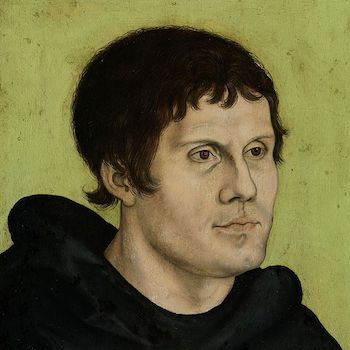We use cookies on this site to enhance your experience.
By selecting “Accept” and continuing to use this website, you consent to the use of cookies.
Luther is a Lutheran host to a multifaith community. That means that we, at our core, strive to express our Christian values in a Lutheran setting.
A longstanding principle of the Reformation has been that the church must continue to reform itself. True to that ethic, we continue reforming to fulfil the educational and pastoral needs of our multifaith community in the context of our contemporary culture.
![]()
The Ringing Rose icon is the heart of Luther’s visual identity. The design, created by Janet Day of the creative firm Studio Locale, combines elements of our school’s bell tower and the five-petal Luther Rose.
Rendered in vibrant colours, the symbol honours our Lutheran traditions and rings hope as our school, students and alumni continue to make positive contributions in God’s world. Daniel Quasar designed the Progress Pride flag appearing on our footer.
Luther provides education for a life of meaning and service. This mission is achieved by considering a rapidly evolving world through theological lenses.
Luther is a diverse spiritually and theologically informed learning community, dedicated to academic and professional excellence, that fosters justice, equity and community engagement.
Since its inception, Martin Luther University College has been a leader with long-term vision. Starting as a seminary with four students in 1911, its community grew to found Laurier, and was instrumental in the establishment of the University of Waterloo. It is a wonderful shared history, indeed!
See how far Luther has come. You can also check the Laurier Archives for information, photos and more.
1911
The Evangelical Lutheran Theological Seminary of Canada opens in Waterloo, Ont., on Thanksgiving Day, Oct. 30, 1911. The school, established by southern Ontario Lutherans, is designed to form pastors for Lutheran congregations across eastern Canada. The seminary opens with four students.
1913
In the province's act to incorporate the school, the institution's name was Evangelical Lutheran Seminary of Canada.
1914
Waterloo College School (a high school) is founded and operates alongside the seminary.
1924
The school launches a Faculty of Arts for post-secondary education which takes the name Waterloo College.
1925
Waterloo College affiliates with the University of Western Ontario, in London. Students receive their degrees from Western.
1955
Gerald Hagey, president of Waterloo College, obtains approval from the Evangelical Lutheran Synod of Canada to spearhead the creation of the non-denominational “Waterloo College and Associate Faculties” that would affiliate with Waterloo College and provide science and engineering programs. Several years later, the Associate Faculties co-founds the University of Waterloo, with Hagey serving as the university’s first president.
1960
Following an act of the Ontario legislature the previous year, Waterloo College becomes Waterloo Lutheran University.
1973
Waterloo Lutheran University becomes public and adopts the name Wilfrid Laurier University. In effect, Waterloo Lutheran University continues under the name of Waterloo Lutheran Seminary. While most of the university campus becomes Laurier's Waterloo campus, three acres on the corner of Albert Street and Bricker Avenue remain seminary property. The school is officially federated with Laurier.
2015
As our school is constantly reforming, Waterloo Lutheran Seminary's Board of Governors approves changing the school's name to Martin Luther University College as a way of reflecting the school and community we have become.
2018
Waterloo Lutheran Seminary begins operating as Martin Luther University College.

Martin Luther was a Roman Catholic monk who kicked off the German Reformation in 1517 when, according to tradition (which scholars continue to debate), he nailed 95 theses to a church door in Wittenburg, Germany. The theses were Luther's suggestion for reforming church doctrine.
Luther's reforms not only changed the church, they rippled throughout western civilization and continue to benefit us here and now. For example, his reforms fostered individual rights and promoted widespread public education.
Get in touch
E:
martin@luther.wlu.ca
T:
+1 (548) 889-2300
Office Location: Corner of Bricker Ave and Albert St